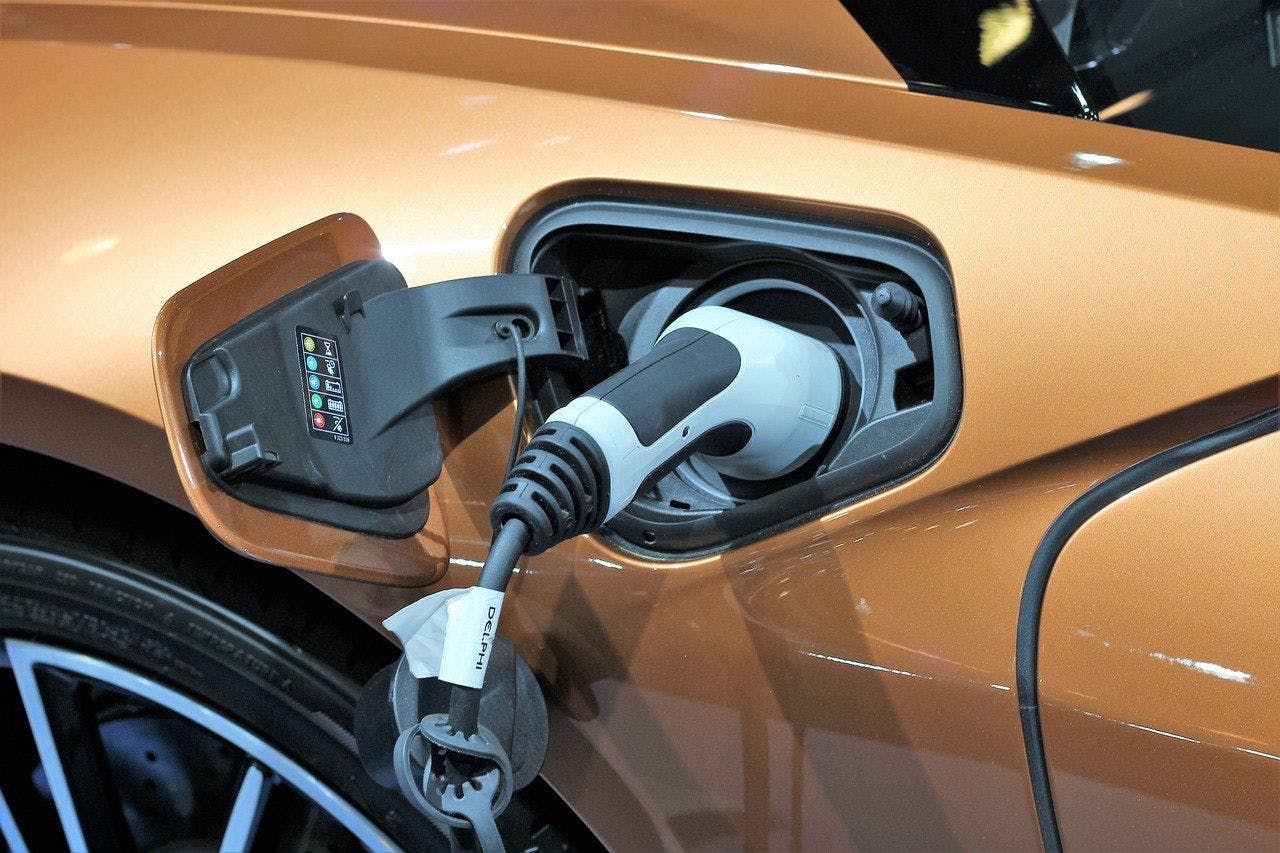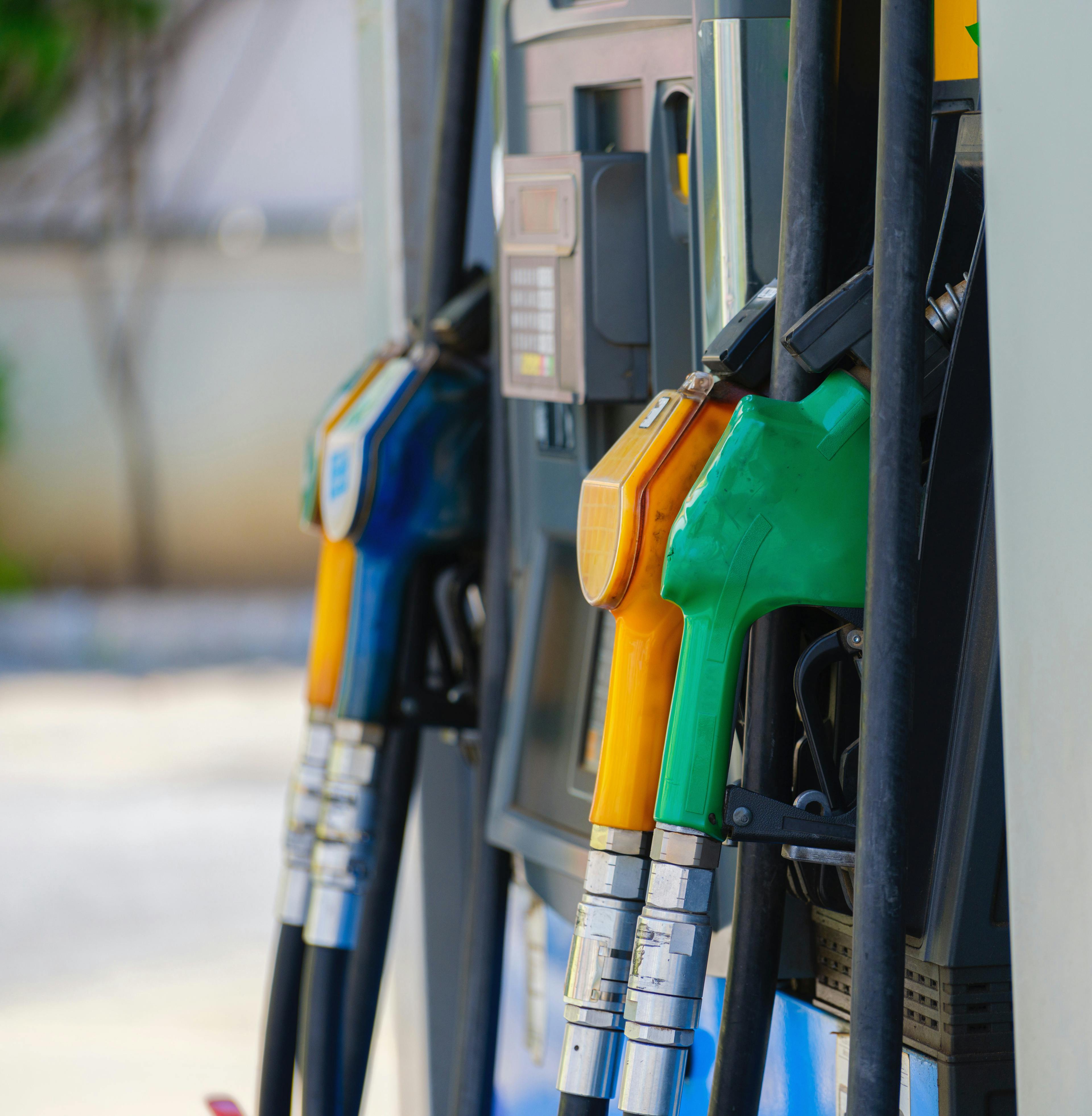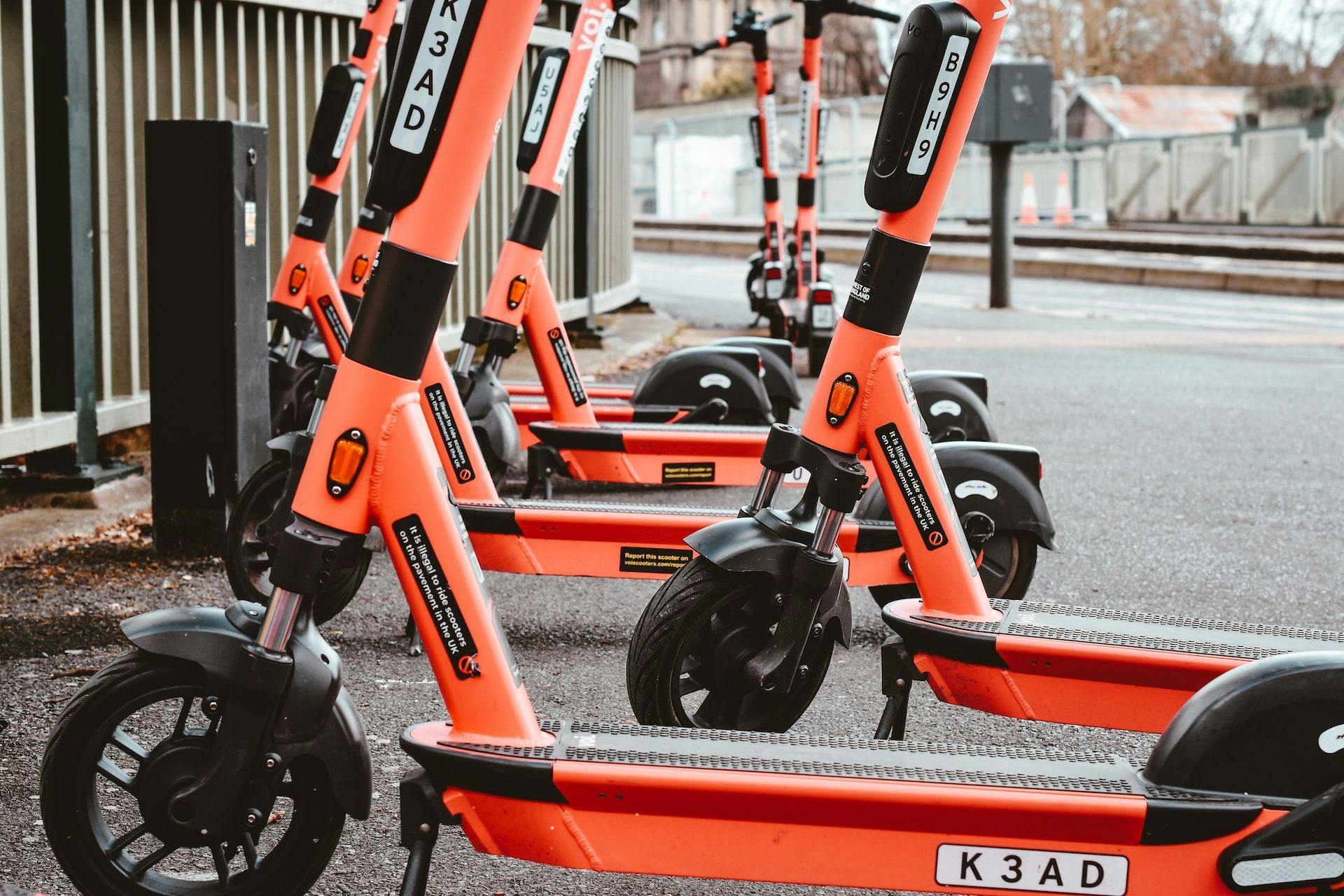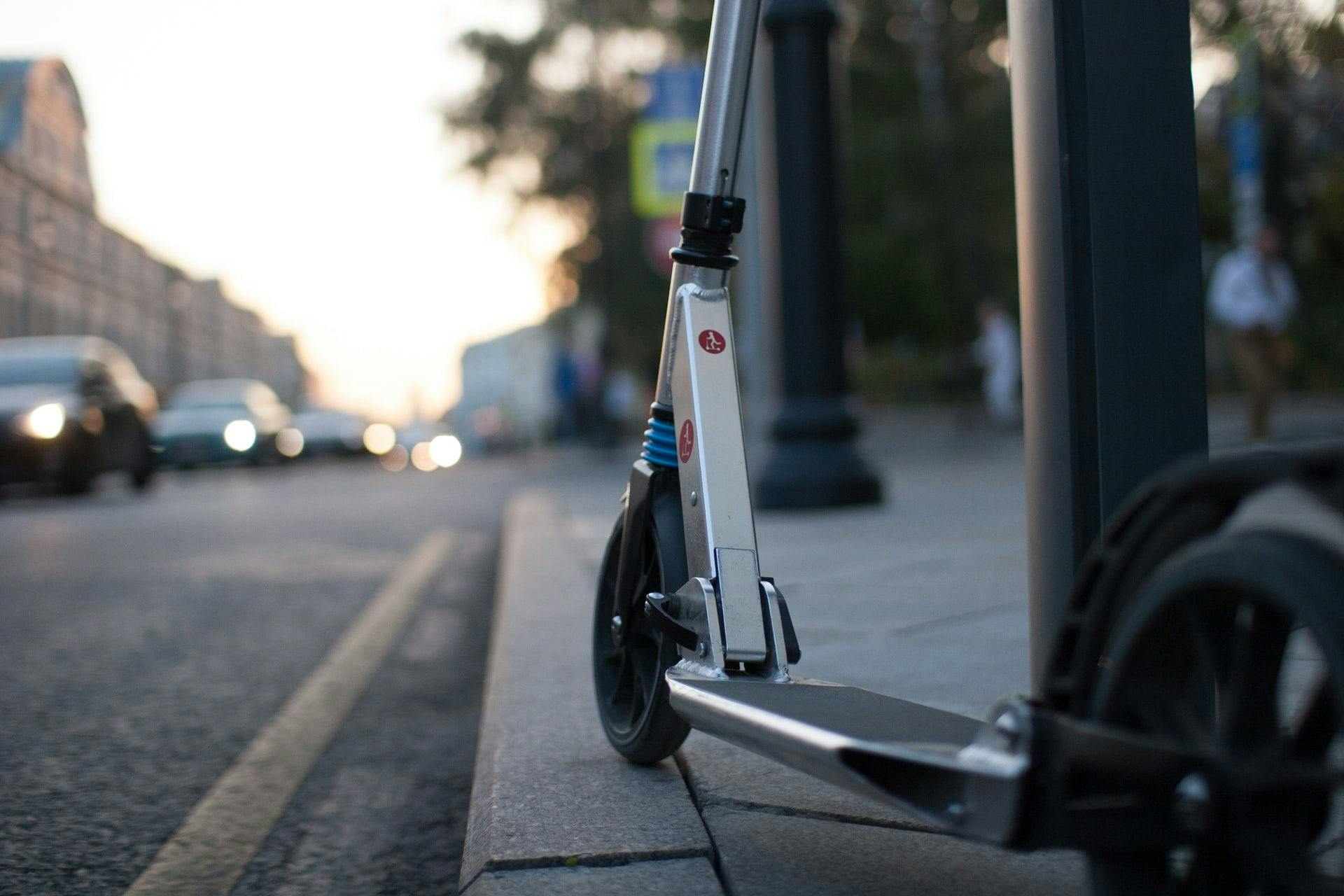Batteries: a much needed technology in the energy transition, yet to use carefully
This article was initially published in April in our newsletters Décryptage Mobilité.
To receive it and stay informed, subscribe here.
---
Batteries have been in the spotlight for several years as they constitute an essential technology supporting the ecological transition:
- In the transportation sector, with the rise of the electric vehicle.
- In the energy sector, to balance the electricity production of some renewable energies (wind turbines, solar panels).
These market outcomes differ in scale: batteries destined for electromobility should represent most of the market (85% of batteries market share in 2030, according to Avicenne [1]), whereas batteries used for energy storage and the rest of Li-ion batteries (laptop, cell phone, medical devices, etc.) will represent a small part of the market (respectively 3% and 12% of market share in 2030).
First, let’s remind some general facts:
- As batteries are high technology products with important development times, it is unrealistic to hope for a revolution in battery performance within a few years. Experts believe that a minimum of 15 years is needed to go from an R&D stage all the way to mass production scale. Thus, it is important to be wary of groundbreaking announcements, and tempting promises made by numerous manufacturers in the sector.
- Thus, even though there is a wide variety of batteries, the Li-ion technology will dominate the market in the 2020-2030 decade, at least in the electric transportation sector and to a large extent in storage applications, as they offer the best compromise in energy density and volume (capacity to concentrate a large volume of energy in a small and light object). In addition, there are strong obstacles for new technologies to enter the market, such as quality (being able to produce in large quantity with demanding requirements), and financial (investments required for production assets to reach mass scale effects are considerable, about 1.5 billion dollars for a 15GWh annual production factory).
- In addition, the industrial production of Li-ion batteries is increasing very quickly (production multiplied by 5 to 6 between 2010 and 2018, from 30 GWh to 165 GWh /year[1]) and experienced a decrease in unit costs and carbon footprint, mainly due to scaling effects: between 2010 and 2020, costs were divided by 8 (from 1100 $/kWh to 137 $/kWh according to BNEF[2]).
A key factor in transport decarbonization.
Let’s focus on electromobility, which will capture most of the battery market.
Performance is improving in terms of carbon footprint. By combining the fast decrease of the carbon footprint per battery (mostly due to the improvement of factory efficiencies by scale effect), and the decarbonization of European electrical production systems, in the past and in the forecasts (e.g. Germany decreased their carbon emissions linked to electrical production by 16% between 2018 and 2019), it becomes clear that our study on electric vehicles as well as our publication with the FNH, however recent, will have to be updated.
Thus, here are the up-to-date estimates for a car sold in 2020, from our publication on alternative motorisations for road transportation.


Even in Poland, a country known for the high carbon footprint of its electricity, a compact and battery-powered electric vehicle sold today and used until 2031 would emit 33% less than a combustion car using gasoline (Poland’s electricity still has a high carbon impact with an emission factor of 809 gCO2e/kWh in 2018, but the situation should improve with the decarbonization of the electricity production industry by the end of the vehicle usage in 2031).
In France, where electricity production is already decarbonized, a compact electric vehicle cuts the carbon footprint by 3 (compared to an equivalent gasoline vehicle, and with a reasonable battery size, here 50kWh). Therefore the decarbonization is even more effective!
Therefore, the battery-powered electric vehicle is an effective solution for decarbonizing road transportation.
If we add to this the soft mobility (electric bicycles), rail transportation (trams, trains), and air transportation (electric hybridization of regional aircraft), the electrification of transportation using batteries is undeniably a solution that meets climate challenges with the right level of ambition.
And this is without considering the additional environmental benefits of electric motorizations: significantly less noisy vehicles, with less local air pollution (there remains, however, air pollution for all vehicles, coming from the wear of tires and brakes, nothing is perfect!)
The battery, the perfect solution?
If batteries do not contain “rare earths*” as we often hear, they need highly critical metals:
cobalt and lithium, the production of which is more and more destined for batteries (65% of cobalt production and 75% of lithium production should be used to produce batteries until 2025)[3]. Li-ion batteries also contain less critical metals such as nickel, graphite, or copper, but which could become more critical considering exponential battery production forecasts (1200 GWh in 2030 according to Avicenne, 2000 GWh according to BNEF, meaning a 7 to 12 fold compared to 2018!). If there are no identified risks for a lack of resources within this time scale, the only limiting resource would be cobalt, however emerging cathode technologies (NMC811, NMC9.5.5 vs. NMC111 initially) allow us to significantly reduce the use of this metal – the rapid growth in demand could induce supply risks and imbalances in the market, and for other sectors depending on these metals.
In addition, the mining extraction has inherent and severe environmental consequences[4], because it involves:
- In most cases, to destroy the ecosystem initially on site, knowing that the surface of a mine is about 100 hectares (247 acres), with consequences on biodiversity.
- Significant energy to extract and transform the ore during pyrometallurgical processes, often in remote sites that are therefore more likely to use fossil fuels.
- The use of chemical products to separate the metal from the ore in hydrometallurgical processes, which need storage (if there is no reprocessing) of effluents for years and potentially long after activities stop in the mine. Unfortunately, accidents such as leaks or dams ruptures occur regularly in the mining sector with significant impacts on ecosystems (e.g. Brumadinho’s dam in Vale in January 2019, 270 casualties and 7 billion dollars paid in compensation by the company).
Considering this, some mining companies are improving their methods. We can highlight, as an example, a direct lithium extraction process being developed and allowing to significantly reduce the environmental impacts of the extraction and transformation of this metal (water consumption, surface used, etc.)[5]. Despite these efforts, mining extraction remains by nature a strong disturbance of ecosystems, not to mention the social impacts that can be significant as well, as regularly mentioned in the press[6]. These impacts are valid for all types of mines, including coal and more common materials such as copper or aluminum, which are found in many everyday objects.
A reliable and necessary approach to produce metals with a relatively low social-environmental impact is to massively increase recycling. Contrary to popular belief, Li-ion batteries are recyclable, currently up to 50% by pyrometallurgy, and potentially up to 80-90% with new hydrometallurgical and mechanical processes[7][8]. The European commission suggested to increase the current mandatory recycling rate (by mass) of batteries from 50% to 65% in 2025 and 70% in 2030, with specific recycling rates for critical metals (cobalt, nickel, copper, lithium)[9].
However, being recyclable does not mean it is recycled, and currently less than 5% of Li-ion batteries are recycled at the end of their life[10]. And once more, while battery recycling is far from perfect, this is also the case for many other things…such as combustion vehicles
The supply stress to be expected on raw materials for battery production should encourage the rise of recycling as an alternative supply. In addition, the first wave of batteries reaching their end of life should increase the amount of material to recycle and thus allow industries to benefit from real scale effects and bring recycled materials to a competitive price point compared to raw materials[11].
However, the recycling process, even if carried out optimally, will not be enough to cover the market demand, and any increase of battery production will require additional mining activity, which should be limited to meet the minimum needs with the best available processes.
Battery technology should be linked with a carefully restrained usage.
To sum up:
- The use of batteries is a real benefit for the climate, whether it is throughout electric transportation or storage applications.
- There is a beneficial environmental impact because of the need for raw materials, coming from the mining sector, diverse and sometimes critical.
Thus, as for many climate-related issues, the solution cannot be purely technological and should include the notions of efficiency and sobriety of usage. In order to limit environmental impacts, it is essential to stop the ever-increasing trend of battery size for the automotive sector, by limiting the weight and power of vehicles (to use less energy), and by accepting the range needed to cover 90% of trips without seeking the all-in-1 character of gasoline/diesel cars. A battery of 40-50 kWh is enough to cover the majority of trips, and for exceptional travels (vacations), alternatives can be found (fast charging on highways, rental of an additional battery on a trailer, or even the rental of a thermal vehicle on an ad hoc basis).
Therefore, batteries offer a leading technological solution in the ecological transition, but they must be associated with a sobriety of usage.
---
Translation by Benoit Bouvard
* Group of 17 metals with similar properties, not necessarily less abundant than other metals but used in more recent human activities.
Contact us
Contact us about any question you have about Carbone 4, or for a request for specific assistance.




















